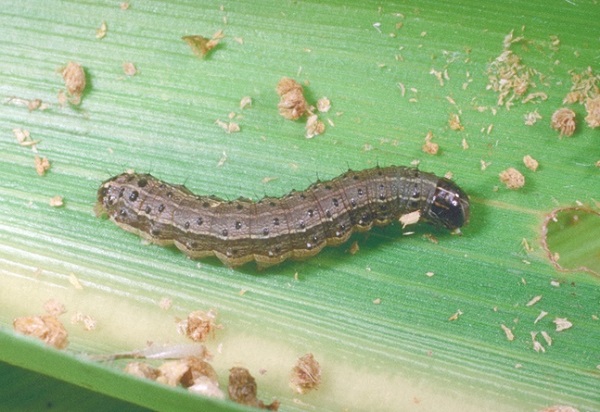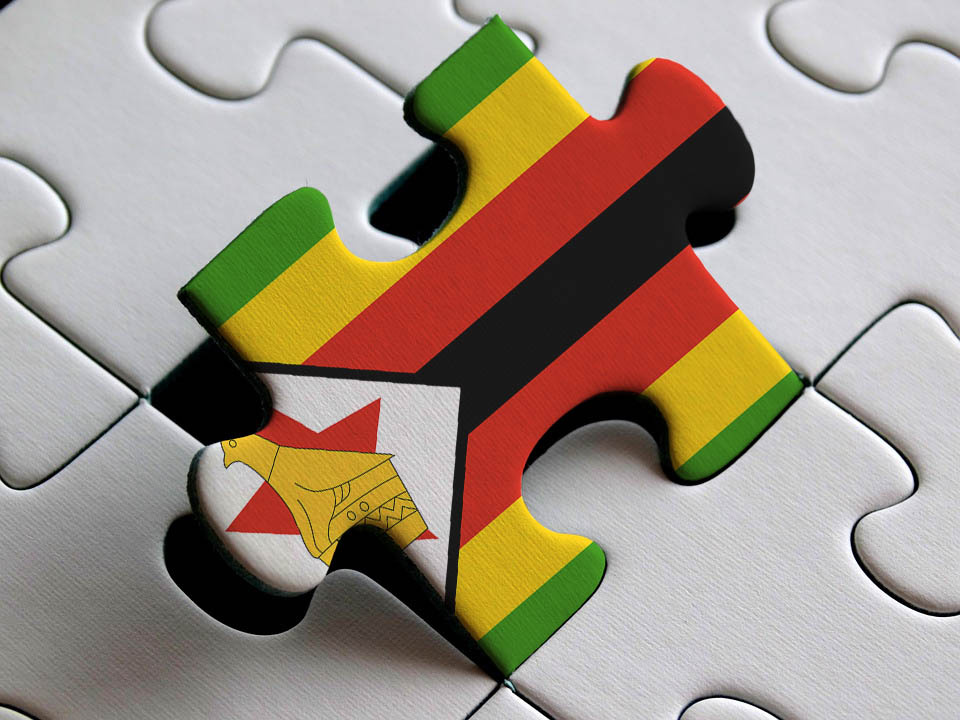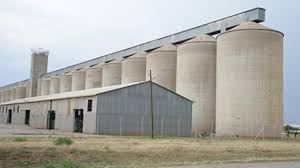Small flower growers set for the Netherlands trade fair
SIX Zimbabwean small-scale flower growers are set to travel to Europe for the International Floriculture Trade Fair (IFTF) 2025 that will run from November 4 to 6, 2025, at Expo Greater Amsterdam in Vijfhuizen, the Netherlands.
Local flower producer and former floriculture consultant for the Food and Agriculture Organisation (FAO), Mr Gorden Makoni, said the floriculture sector had the potential to grow to its yesteryear glory when it generated over 60 percent export receipts.
“I am currently profiling six small-scale growers from the Juliasdale and Vumba, whom I will go with on a look-and-learn tour of flower production, regulations and marketing.
“These are protea growers,” he said.
Mr Makoni said while most commercial flower growers had access to markets and had running contracts, the same could not be said of smallholder farmers.
Lack of access to information is hampering the production of ornamental flowers.
“Participating in trade missions will help many growers with access to markets. Market research and attending trade exhibitions will provide trade information to prospective farmers.
“Close cooperation between ZimTrade and the Horticultural Development Council (HDC) will help in identifying key markets,” he added.
Access to information will help prospective farmers make informed decisions on market potential and the type of flowers required in those markets.
Speaking at the recent Zimbabwe-EU business forum, HDC chairman Mr Liam Philp said smallholder farmers were the heartbeat of Zimbabwean agribusiness and his organisation was spearheading their integration into the export market under their “Hub and Spoke” model, which drives sustainable growth.
The 2024 horticulture investment forum hosted by the HDC revealed that the summer flower and roses sub-sector currently had 130 hectares under plants and was targeting to grow the hectarage to 930 by 2030.
An investment of US$45,6 million is required to achieve this expansion and 4 650 jobs will be created, he explained.
Currently, summer flower and roses production is at 40 320 tonnes, valued at US$39,347 million. By 2030, the floriculture industry is aiming for an annual export value of US$276,979 million.
National trade development and promotion body, ZimTrade, revealed that floriculture was proving to be a viable and high-value enterprise for farmers willing to learn and adapt.
Flowers are high-value crops that can be grown on small plots of land and, if managed correctly, can yield significantly higher returns than most food crops.
“In fact, with proper support, organisation and access to markets, small-scale producers can thrive in the flower industry,” said ZimTrade.
Statistics released by TRADEMAP, an online global database on international trade statistics, show that the country’s export earnings from flowers grew 156 percent from US$3,408 million in 2023 to US$8,726 million last year.
Flower exports are classified under the fresh cut flowers and buds of a kind suitable for bouquets or ornamental purposes.
According to trade statistics from the Zimbabwe National Statistics Agency (ZimStat), the flower subsector is ranked seventh in terms of value for exports under the horticulture sector.
Meanwhile, in a presentation to the United Nations Trade and Development (UNCTAD) conference in 2000 titled “The Growth and Development of the Horticultural Sector in Zimbabwe,” the former director of Horticultural Promotion Council of Zimbabwe and former chairman of the HDC, Mr Stanley Heri, said floriculture had fast risen in stature as a valuable exporter of cut flowers.
Zimbabwe was the second largest country in Africa, behind Kenya, and second among African, Caribbean and Pacific Group of States (ACP) exporters, and was the fifth biggest provider to the European Union (EU) in 2000.
Floriculture used to account for 64 percent of the total value of horticultural exports and 27 percent by volume.
In the year ending June 2000, this amounted to 19 488 tonnes worth US$89,65 million. Flower exports grew from 338 tonnes in the 1985/86 season to 19 488 tonnes in 1999/2000. The earnings rose from US$1,555 million to US$89,646 million over the respective period.
Most exports, spanning a season from mid-September to late May, were channelled to the Dutch auctions (86 percent), followed by South Africa (6 percent), Germany (3 percent) and United Kingdom (1 percent).
Zimbabwe used to produce and export the following cut flowers: Delphinium, Euphorbia, Liatris, Roses, Asters, Chrysanthemums, Carnations, Ammi majus, Statice, Protea, Chelone and Lysimachia.-herald










